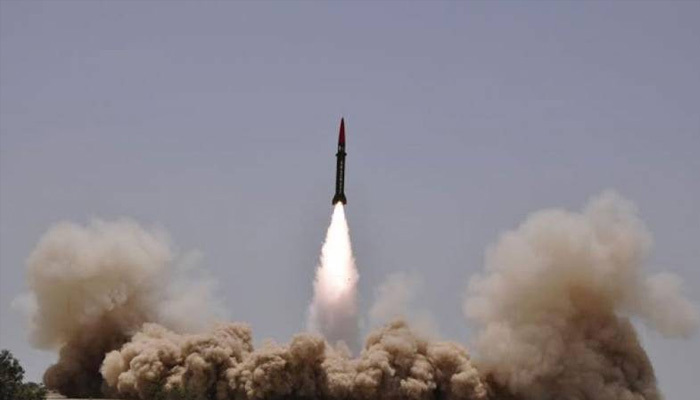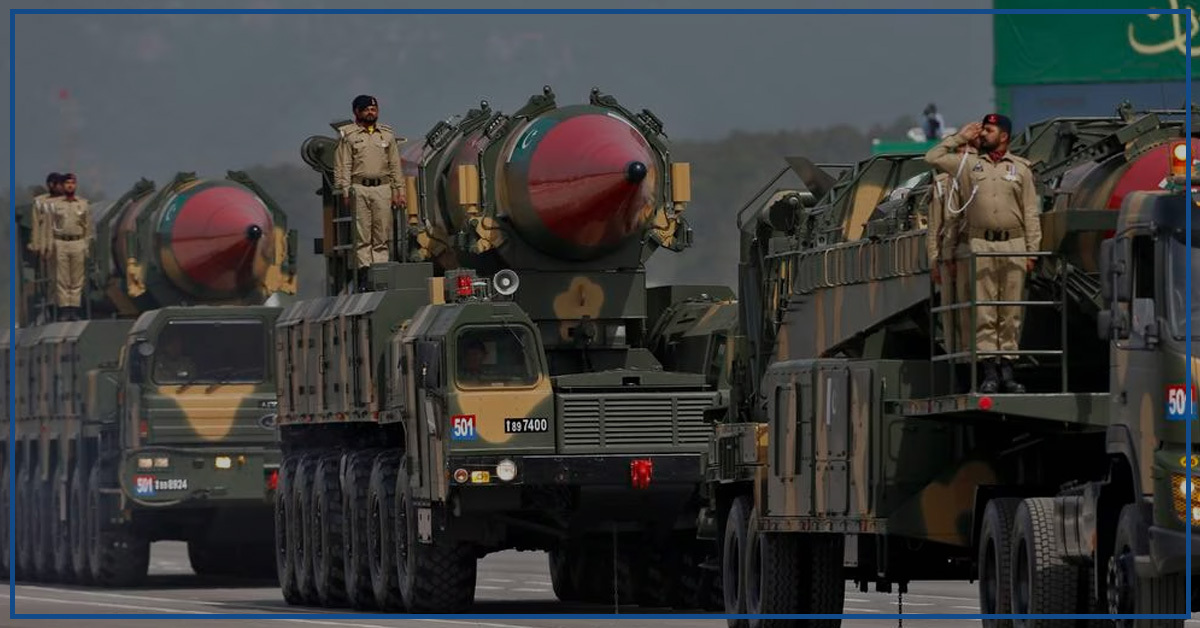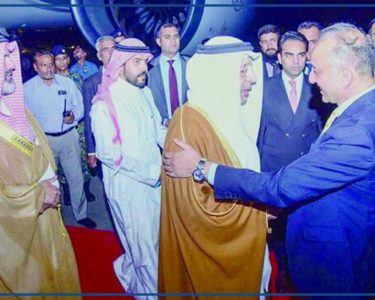Pakistan conducted a training launch of its Ghauri medium-range ballistic missile, with an emphasis on evaluating the operational and technical readiness of the Army Strategic Forces Command (ASFC).
This command is responsible for overseeing Pakistan’s land-based ballistic and cruise missiles, many of which have the potential to be equipped with nuclear warheads.
The Ghauri missile, although historically significant, has faced scrutiny due to its vulnerabilities on the battlefield. To function effectively, it requires the support of a convoy of vehicles that provide fuel and prepare it for launch, making it susceptible to detection by adversaries.
In response to this challenge, Pakistan has initiated a strategic shift by replacing the Ghauri with the more advanced and survivable Shaheen series of solid-fuel ballistic missiles.
Despite its drawbacks, the Ghauri missile still holds relevance. Dr. Mansoor Ahmed, a recognized authority on Pakistan’s nuclear program and currently an academic at the Australian National University, highlighted the Ghauri’s historical importance.
He pointed out that the Ghauri was first subjected to testing in 1998 and remains a valuable asset in Pakistan’s arsenal.
Dr Ahmed also emphasized the extensive testing history of the Ghauri, dubbing it the “most widely tested missile system” in Pakistan.

He clarified that while the recent launch served as a training exercise, it also allowed for the validation of improved technical and performance parameters. These tests could potentially serve as a cost-effective means to explore new reentry vehicle technologies.
Moreover, as the sole liquid-fueled ballistic missile in Pakistan’s strategic forces, the Ghauri’s liquid-fueled technology might provide insights into developing a satellite launch vehicle. This technological knowledge could open new possibilities for Pakistan’s space endeavours.
The Ghauri missile operates on a combination of TM-185, comprising gasoline and predominantly kerosene, along with fuming nitric acid. Dr. Ahmed explained that although kerosene has historical applications in space rocket technology, fuming nitric acid is not commonly used.
The typical combination for such purposes would involve kerosene and high-test peroxide, which could potentially offer greater efficiency in delivering payloads to orbit.
The training launch of the Ghauri missile not only serves as a testament to Pakistan’s commitment to maintaining a diverse range of missile systems but also reflects the nation’s intent to continually assess and enhance its capabilities.
In the evolving landscape of global security and technology, Pakistan’s efforts to adapt its strategic assets, like the replacement of Ghauri with Shaheen missiles, underscore the nation’s commitment to modernizing its defence forces.
As the international community observes these developments, questions arise about the future direction of Pakistan’s missile and space programs.
The insights gained from the Ghauri’s liquid-fueled technology may have broader implications, potentially enabling Pakistan to explore space ventures and satellite launch capabilities. This shift could have diplomatic and geopolitical consequences, making it a subject of interest for regional and global stakeholders.
In conclusion, the recent training launch of the Ghauri missile by Pakistan underscores the nation’s dedication to maintaining a diverse missile arsenal and continually assessing its strategic assets.
The decision to replace the Ghauri with the Shaheen series showcases Pakistan’s commitment to adapting to contemporary defence needs. This move also raises questions about the nation’s space exploration ambitions, which could have significant implications in the global arena.
Pakistan’s strategic choices in this regard will undoubtedly continue to be a topic of interest and discussion worldwide.





